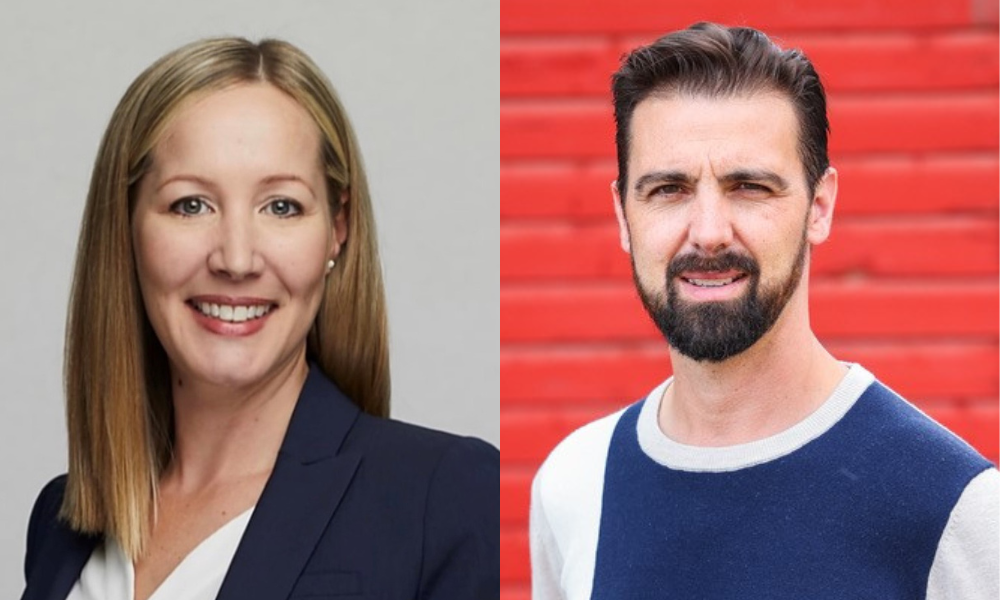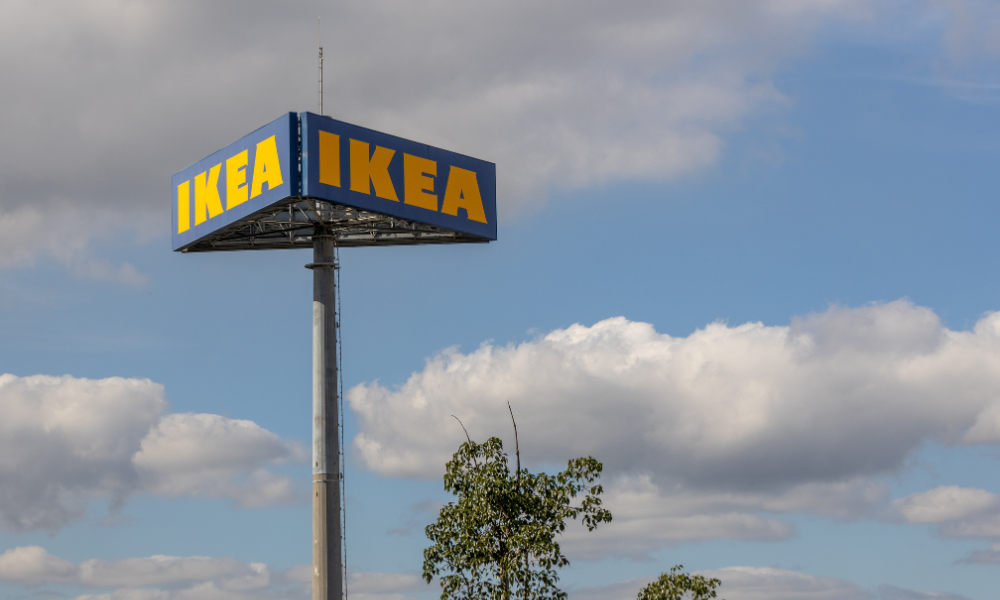If anyone needs proof of how much AI has revolutionized recruiting, consider the story that Erin Scruggs, LinkedIn’s head of global talent acquisition, shared in her Talent Connect keynote last week.
Erin spoke about when she had just started her recruiting career at a staffing agency in 1995 and raised her hand to source candidates for a nuclear machinist mate role. A nuclear machinist mate operates and maintains a ship’s nuclear propulsion machinery, which is specialized enough. But the one she needed to find also had to have experience working on . . . a Nimitz-class aircraft carrier.
Because there were zero matches in the agency’s proprietary database, someone needed to do a custom search. “I raised my hand to volunteer for it — in part because some guy named Gary that I was interested in was the sales manager on the account,” Erin said. “And for 10 full days — that’s 80 hours — I researched.”
Erin learned what a Nimitz-class aircraft carrier was. She called the U.S. Navy, which directed her to 100 or so military outplacement specialists. She called every one. After searching diligently for more than a week, she found nine candidates. One was ultimately interested in the role. (Spoiler alert: She also ended up marrying Gary).
So, when she was preparing for her keynote, Erin decided to do the same search for a nuclear machinist mate — but this time with LinkedIn Recruiter’s AI-assisted search. In less than a minute, she found 3,200 nuclear machinist mates. After narrowing her parameters, she found 312 who had experience on a Nimitz-class aircraft carrier. And if she had wanted, she could have clicked a button, had AI draft an outreach message, and quickly connected with all 312.
“The tools have evolved,” she said, “and the tasks that took so much time, don’t anymore.”
Where we are, a year further into the AI revolution
But what Erin really wanted to discuss at Talent Connect was where we are a year later, with AI continuing to shape the workplace. “We’ve got a lot to work with,” she said, “and every week, my mind is blown by another AI feature.”
With so many options to choose from, Erin said, she and her team have been discerning about the AI tools they invest in and implement to help LinkedIn’s recruiting team. They use two guiding principles to make decisions: First, the tech has to be worth the effort. And secondly, it has to have a measurable impact on the team’s key performance indicators.
And the way that AI could most help with KPIs, she and her team learned, was by increasing speed to hire.
The one task that recruiters need help with most now
Erin and her talent acquisition leaders spoke with LinkedIn’s recruiters and asked them to identify the tasks they found most time-consuming. The one task that was mentioned most often: candidate write-ups, which required both focused time and attention.
Most recruiters said that they still took handwritten notes during conversations with candidates and then synthesized those notes into a more formal write-up that they shared with hiring managers. What made the process more difficult was that recruiters often needed to speak to candidates before or after regular working hours, so plenty of the conversations happened while a recruiter was in their car waiting for a child to finish practice or in the parking lot of a grocery store or gym.
Transcribing the notes afterward is time-consuming. “Plenty of our recruiters say they block a specific day each week,” Erin told the Talent Connect audience, “to complete write-ups and push through candidate submittals.” This means that recruiters often lose days between a productive candidate conversation and a submission to a manager — which has affected LinkedIn’s speed-to-hire KPI.
Technology is being used to record, transcribe, and summarize candidate interviews
To eliminate this bottleneck, LinkedIn looked at how AI might help. Using Microsoft Teams and Copilot, the talent acquisition team is now experimenting with using AI to record, transcribe, and summarize all candidate interviews. Instead of focusing on jotting down notes, recruiters can spend the interview fostering connection with a candidate and assessing their skills. And at the end of the call, they simply download the transcript, ask Copilot for a summary of the conversation, and send the summary to the hiring manager.
“That doesn’t just eliminate the multiday lag,” Erin said. “It also influences a different KPI: quality of hire.” With AI-generated summaries, hiring managers can home in on areas of the conversation that are most predictive of success.
LinkedIn, Erin said, “is super early in this pilot right now” but optimistic about what they’re seeing so far. “We see that AI technology is making us faster,” she added. “It’s making us more confident in our decisions and it’s changing how we get to spend our time.”
Tapping into LinkedIn’s recruiters to shape new technology
“You can see why I’ve stayed 10 years at LinkedIn,” Erin said, “because my team and I get to help shape the products that impact how our entire industry gets work done.”
As an example, she mentioned a ping she got from Ryan Roslansky, LinkedIn’s CEO, earlier this year, asking her to recommend a few front-line recruiters to help with new technology the company was developing. Erin recommended two — Siobhan Goldstein and Magaly Green — who spoke with the product team dozens of times over six months, sharing what tasks cause recruiters the most friction and pain. Their input helped shape Linkedin’s new Hiring Assistant, which Hari Srinivasan, LinkedIn vice president of talent product, announced at Talent Connect.
“It’s the people doing the work every day who know what we need,” Erin said, “and I simply get to advocate for what they ask for.”
What the future may hold
Erin ended her talk by detailing her wish list for the future, outlining all the ways she hopes AI can help recruiters. Here are a few of the items on her list:
- “I’d love to crack the code on quality of hire,” she told the audience, “possibly using AI to help me analyze the thousands of interview transcripts we collect to help us understand what types of interviews and which interviewers are most effective at predicting a high-performing employee.”
- She’d also like to wrangle her “biggest beast: workforce planning.” Erin wants to get to a place where she and her team have stable, accurate hiring plans for the next quarter, the next year — “and if we’re really going to dream big,” she said “for a three-year time horizon.”
- She hopes that the technology can make it possible for employees to have true agency with internal mobility, understanding how they can translate what they do today into what they can do in their next role.
- “I’d love to collaborate with many of you,” she said, “because we’ll need to reinvent what’s next for early-career talent — and design career entry points for those employees who have traditionally done the exact repeatable tasks that AI is likely to replace.”
“We’ve come a long way and there’s no final destination in sight,” Erin said. “The technology and the future of our profession will not stop evolving.” But, as she reflected on how much things have changed since she started as a recruiter, she felt assured of one thing: “It’s going to be a wild ride.”





